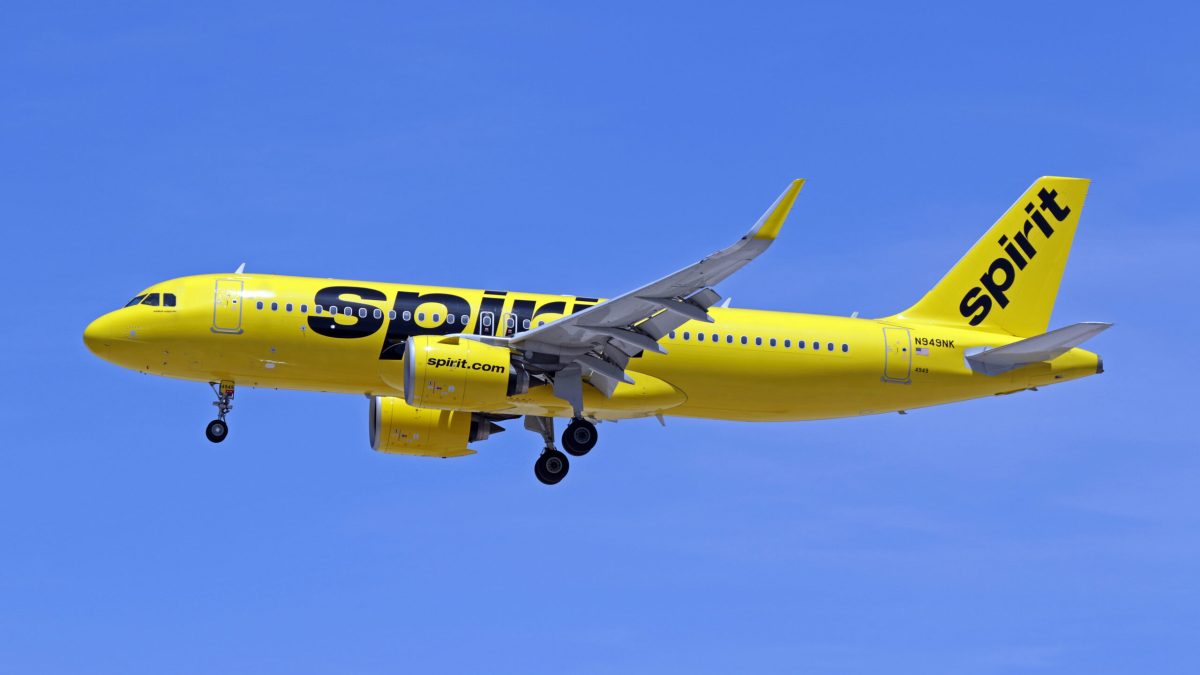Spirit Airlines, a pioneer in low-cost air travel, filed for Chapter 11 bankruptcy protection in the US Bankruptcy Court of the Southern District of New York.
The decision marks the first major US airline bankruptcy since American Airlines in 2011, and it follows years of financial strain worsened by failed mergers and evolving market demands.
Despite this, the Dania Beach, Florida-based carrier assured customers that operations would continue as normal, emphasizing that bookings, ticket use, and loyalty points remain unaffected.
“The most important thing to know is that you can continue to book and fly now and in the future,” said Spirit CEO Ted Christie in a message to travelers.
Securing a lifeline amid turbulent skies
Spirit’s path to stabilization includes a prearranged agreement with bondholders, providing $300 million in debtor-in-possession financing.
Additionally, the airline announced a plan to deleverage $795 million of its funded debt through a $350 million equity transaction.
Vendors and aircraft lessors will not face impairment, and the airline anticipates exiting bankruptcy by the first quarter of next year.
The move to file for Chapter 11 follows a significant period of financial distress.
The airline’s debt situation worsened after the federal government blocked a proposed $3.8 billion merger with JetBlue Airways earlier this year, citing antitrust concerns that it would harm competition and raise fares.
Furloughs, cost-cutting, and strategic pivots
As part of its cost-cutting measures, Spirit plans to furlough 330 pilots in January, adding to the 200 furloughed in September.
Route reductions and organizational streamlining are expected as the company works through bankruptcy.
Analysts suggest the carrier may need to scale back further to align its cost structure with revenues.
Despite these challenges, Spirit expects to conclude 2024 with approximately $1 billion in liquidity, positioning it for recovery as it implements its restructuring plan.
Mounting financial pressures and the road ahead
The strain on Spirit’s finances extended beyond regulatory setbacks.
A surge in post-pandemic costs and an engine recall that grounded dozens of jets significantly impacted its bottom line.
Compounding the issue, Spirit reported a 12-percentage-point decline in third-quarter profit margins and $61 million in reduced sales compared to the previous year.
Meanwhile, fares fell in the saturated domestic market, exacerbating the carrier’s troubles.
Efforts to maintain liquidity included asset sales, such as 23 Airbus aircraft sold to GA Telesis, which generated $519 million.
However, these measures were insufficient to fully cover a $1.1 billion debt due next year, putting pressure on Spirit’s credit card processor to renegotiate terms to avoid jeopardizing transaction processing capabilities.
Spirit: A legacy of ultra-low-cost travel
Founded on the principle of budget-friendly air travel, Spirit carved out a niche with its bare-bones service model.
Charging minimal fares but adding fees for perks such as seat assignments and baggage, the airline resonated with cost-conscious travellers and influenced the market, prompting larger carriers like Delta, American, and United to introduce basic economy options.
However, as travel patterns shifted post-pandemic, with a surge in international bookings and an appetite for more comfortable domestic options, Spirit faced hurdles in retaining its market share.
To adapt, the airline launched bundled fare packages and premium seating options, a departure from its no-frills roots.
Spirit’s ambitious plan to merge with JetBlue fell apart after Judge William Young ruled that the acquisition would reduce competition in a market dominated by four major airlines.
The judgment struck a blow to Spirit’s strategy of shoring up its finances and expanding its capabilities.
Young acknowledged the airline’s unique role, noting, “To those dedicated customers of Spirit, this one’s for you.”
Despite setbacks, industry watchers predict the possibility of Spirit revisiting merger talks with budget rival Frontier Airlines, which had initially been in the running for a deal before JetBlue’s proposal.
The post Spirit Airlines files for Chapter 11: unpacking the turbulence and what’s next appeared first on Invezz

